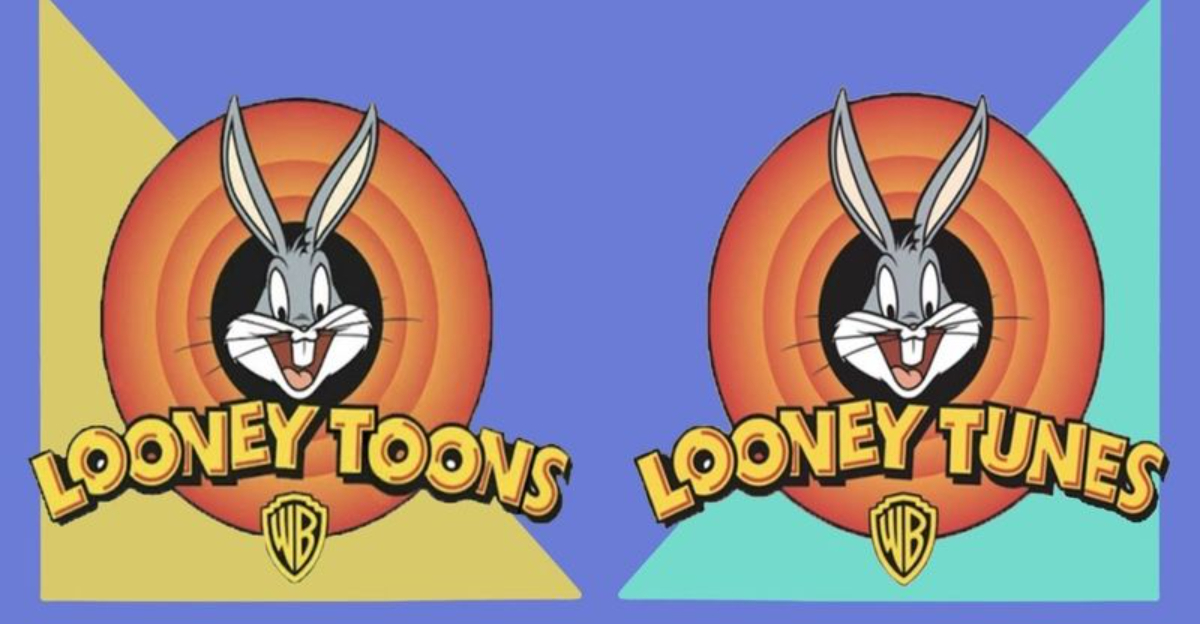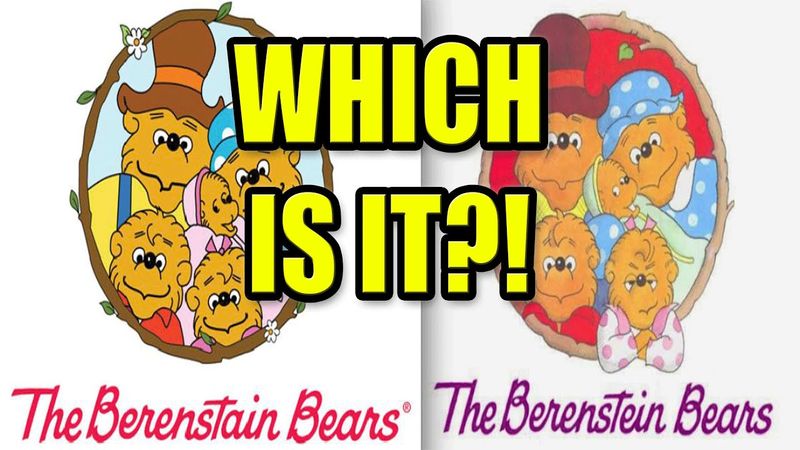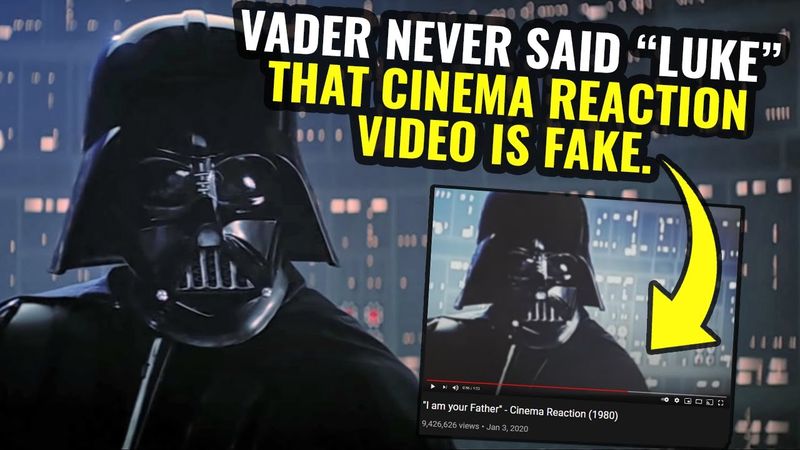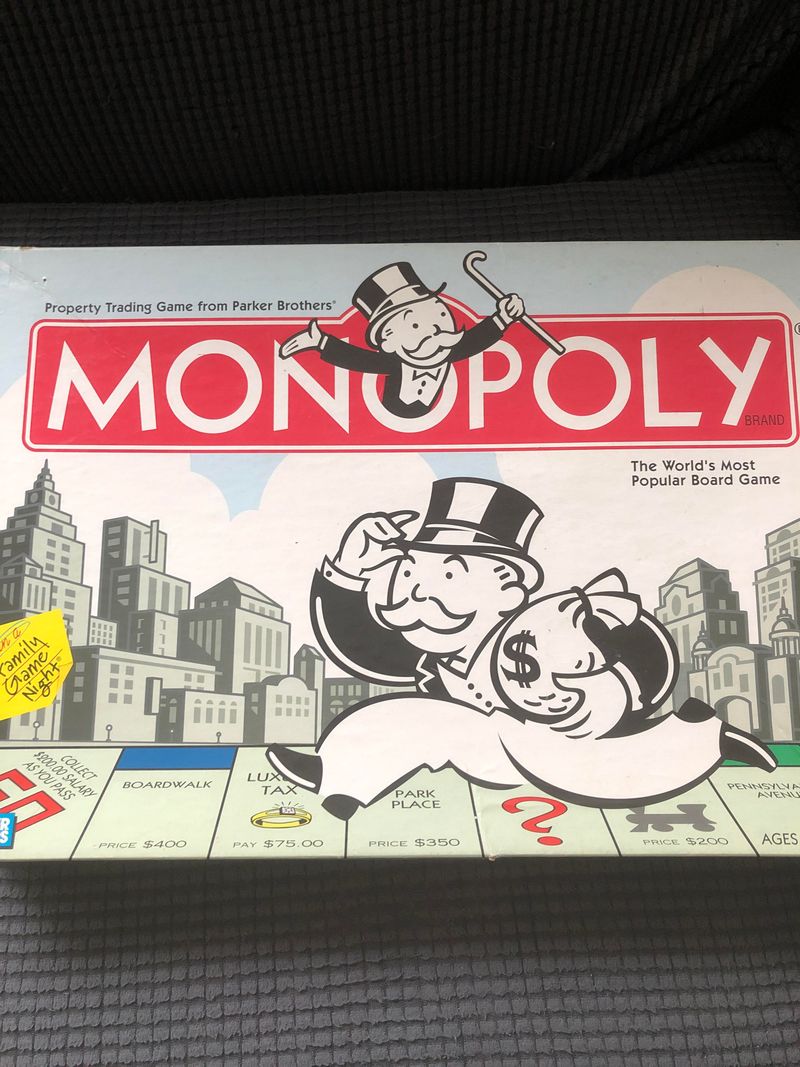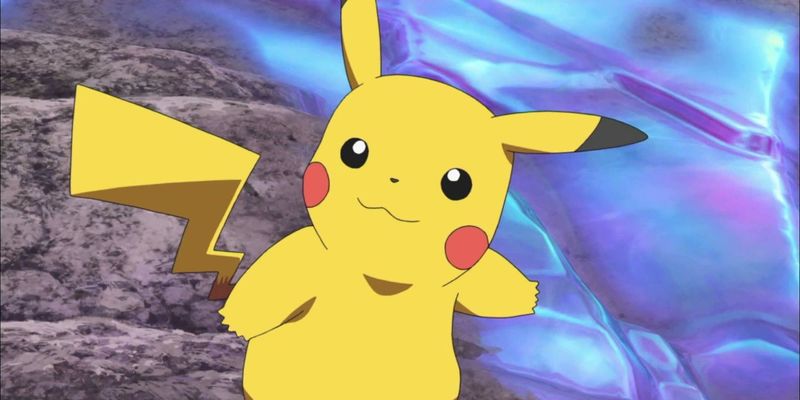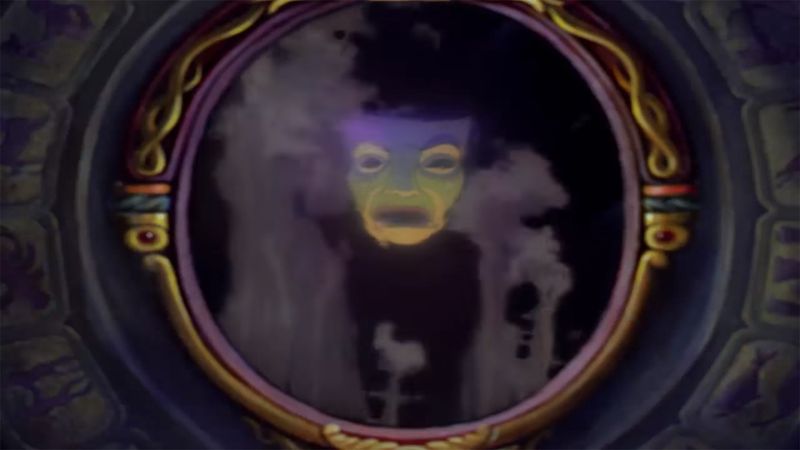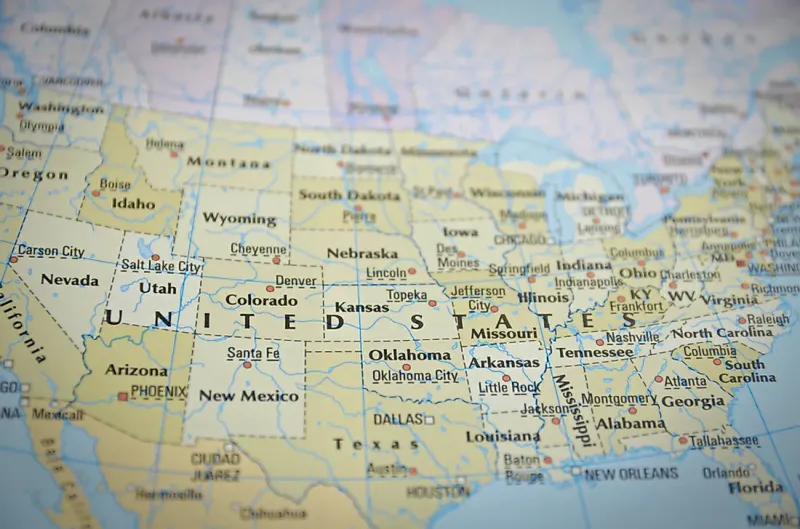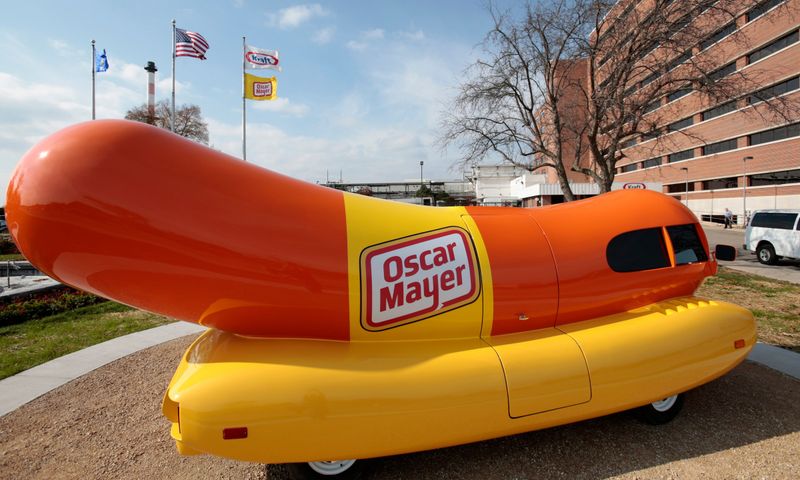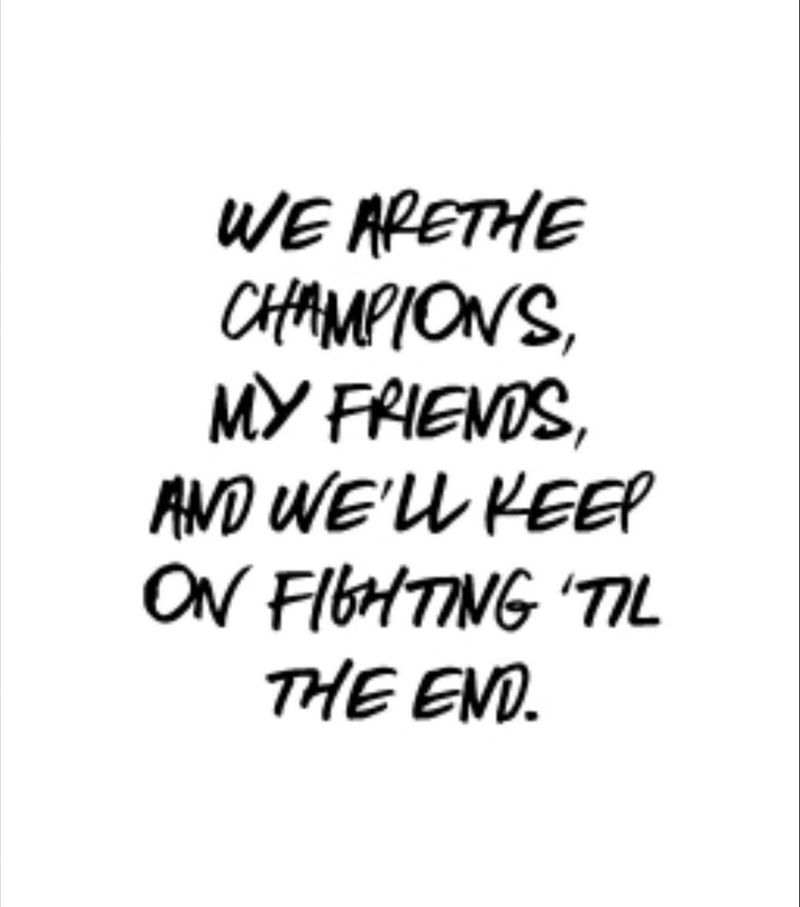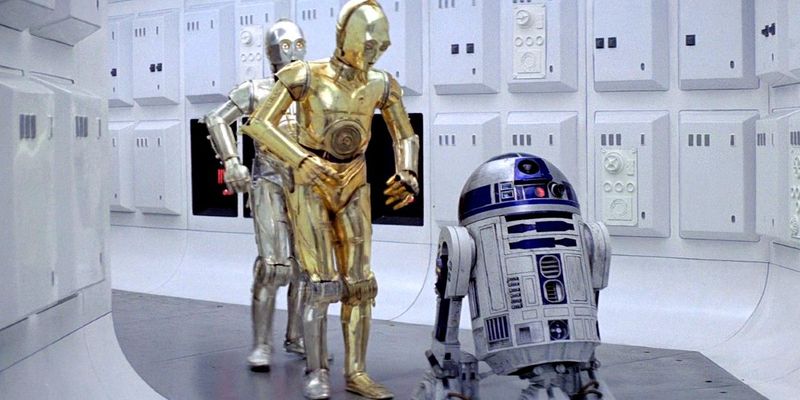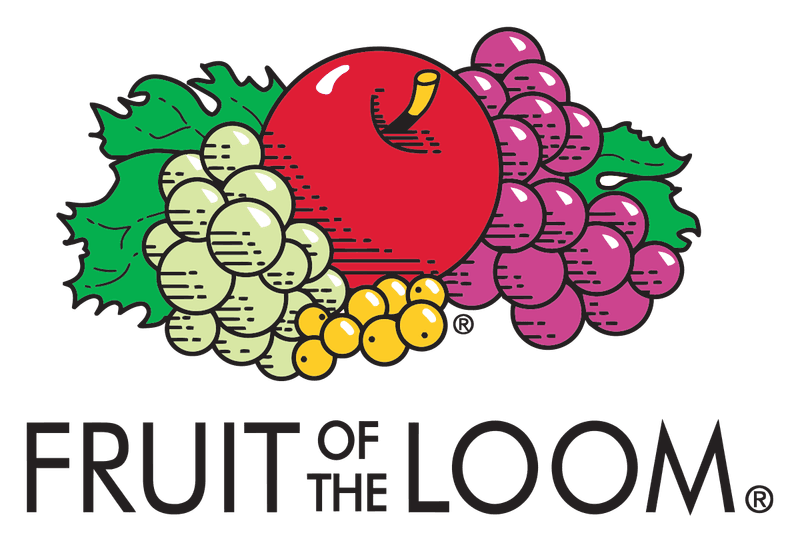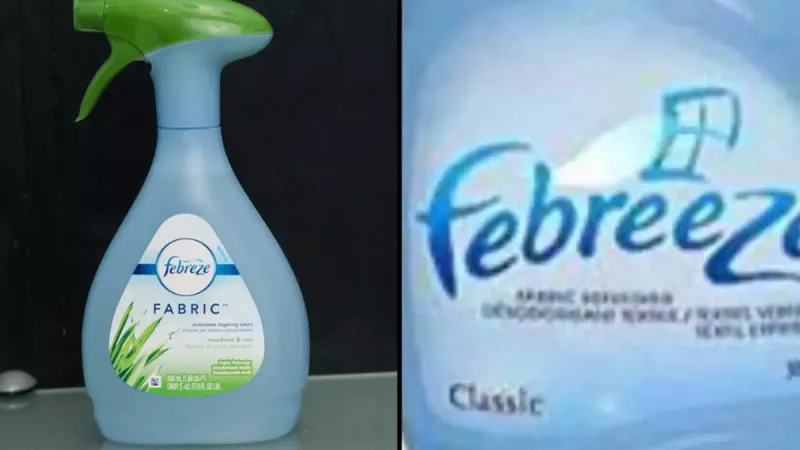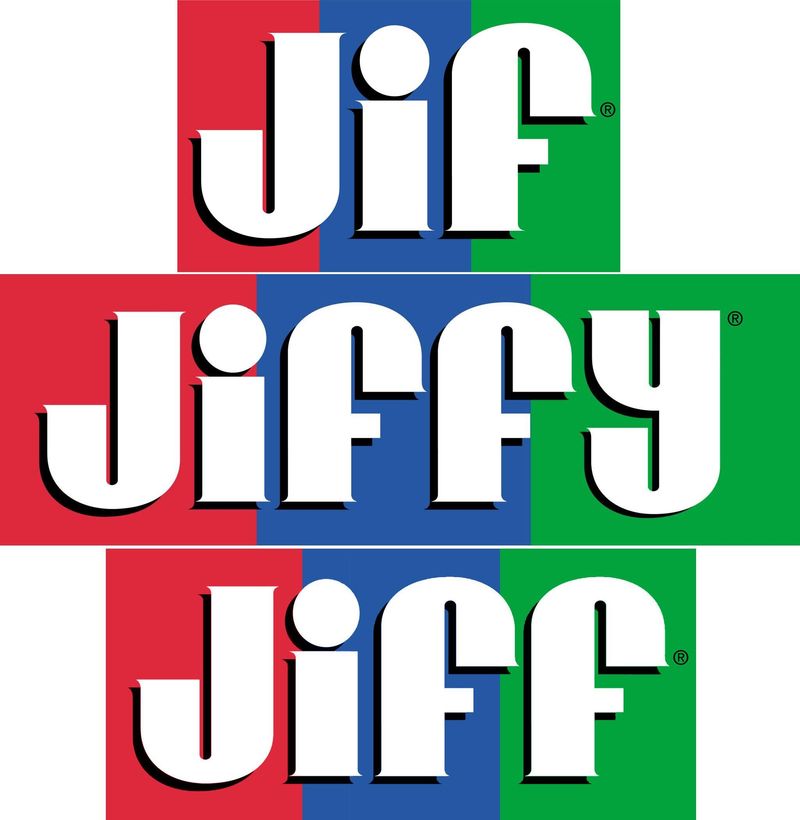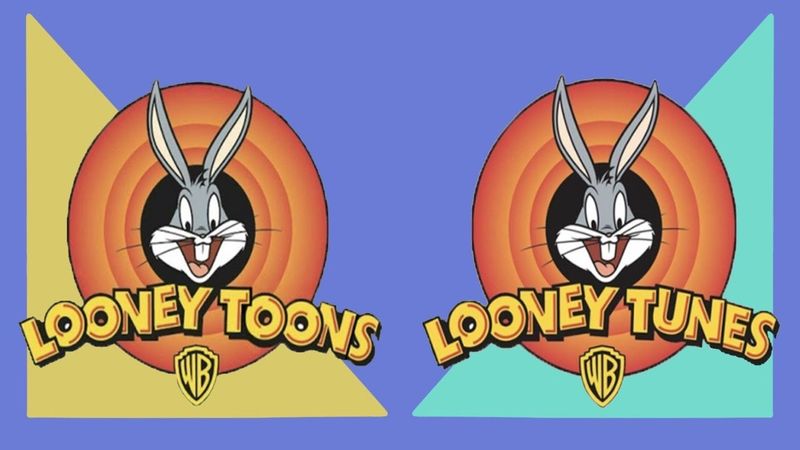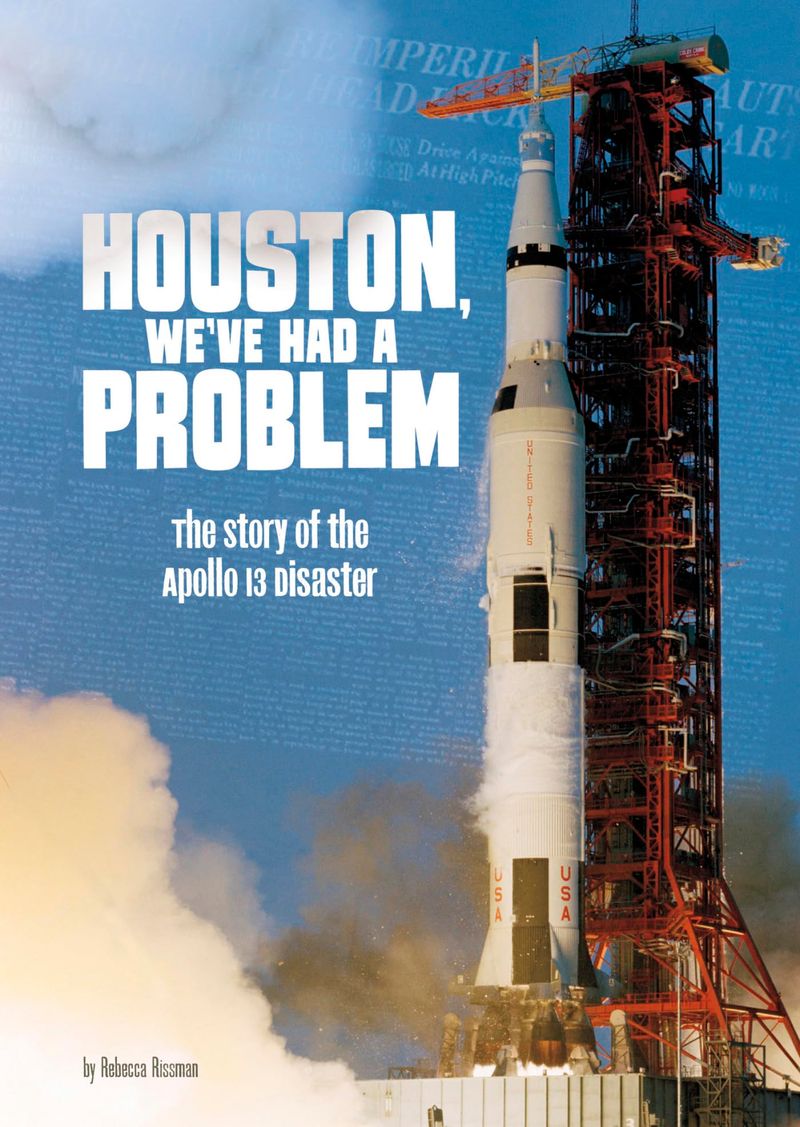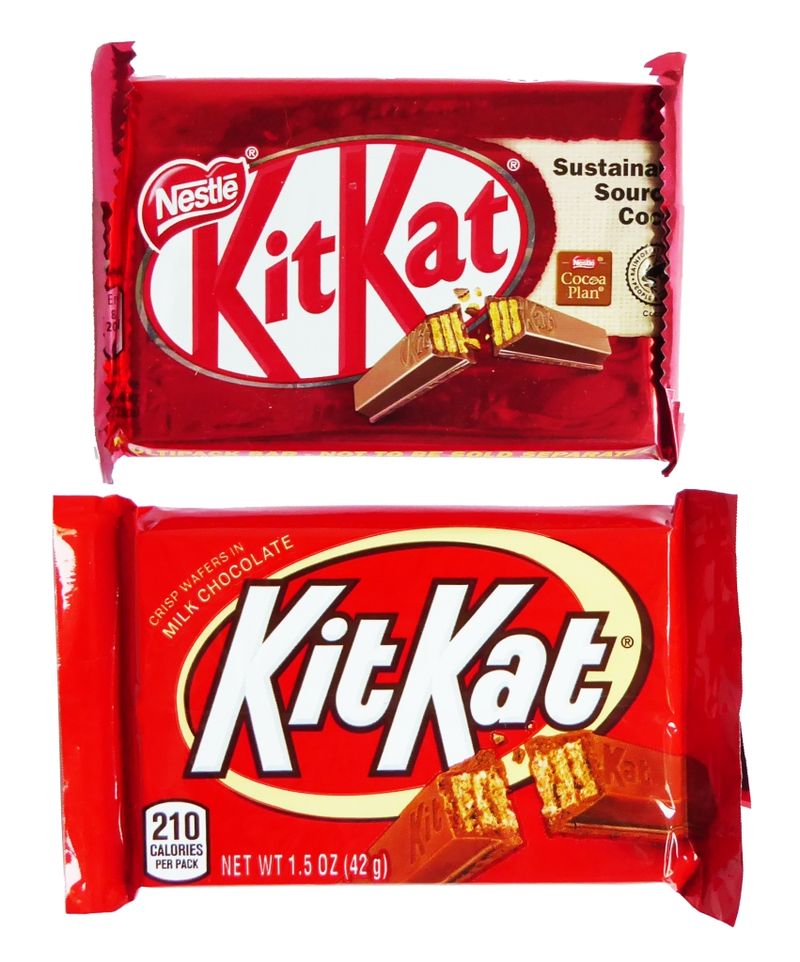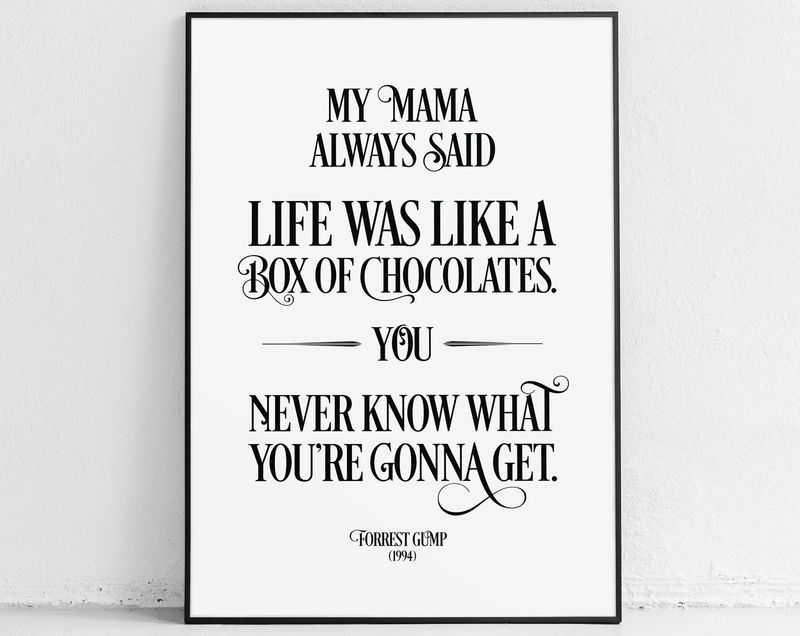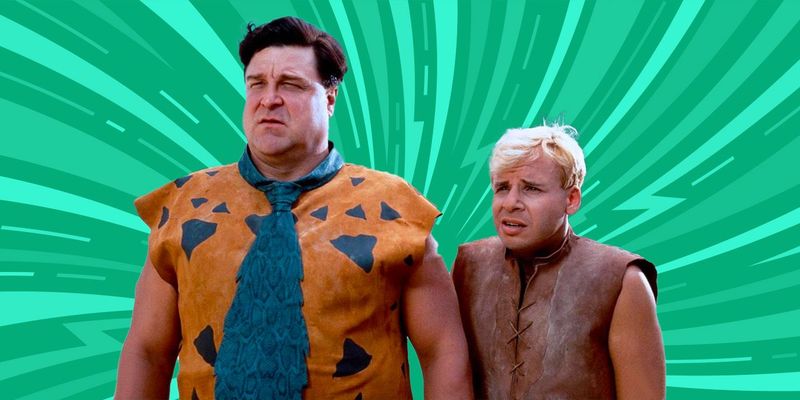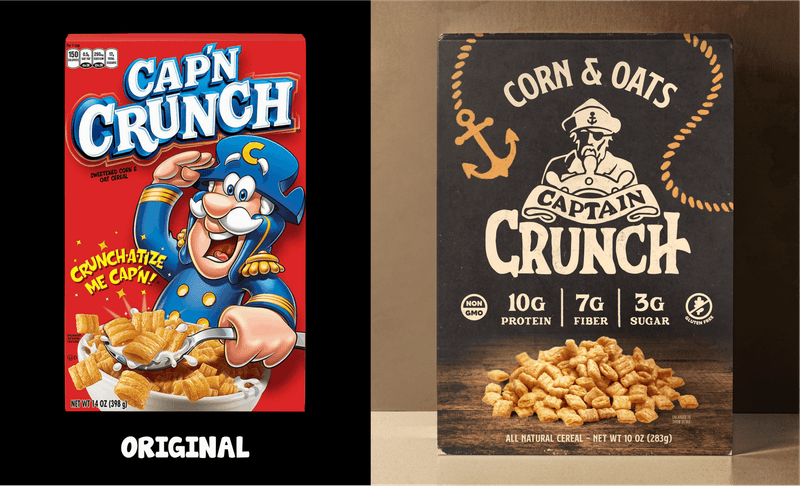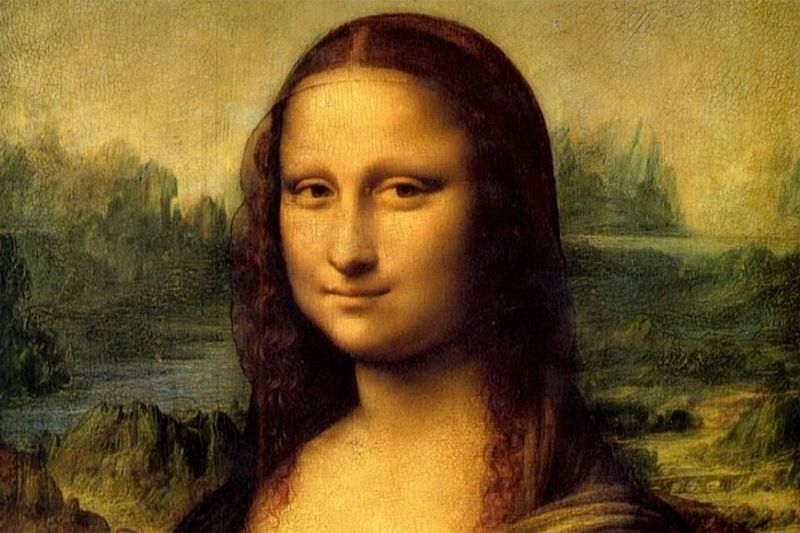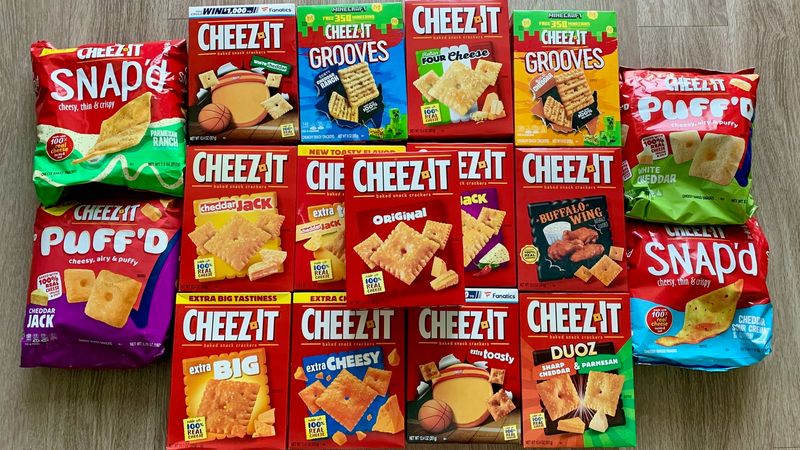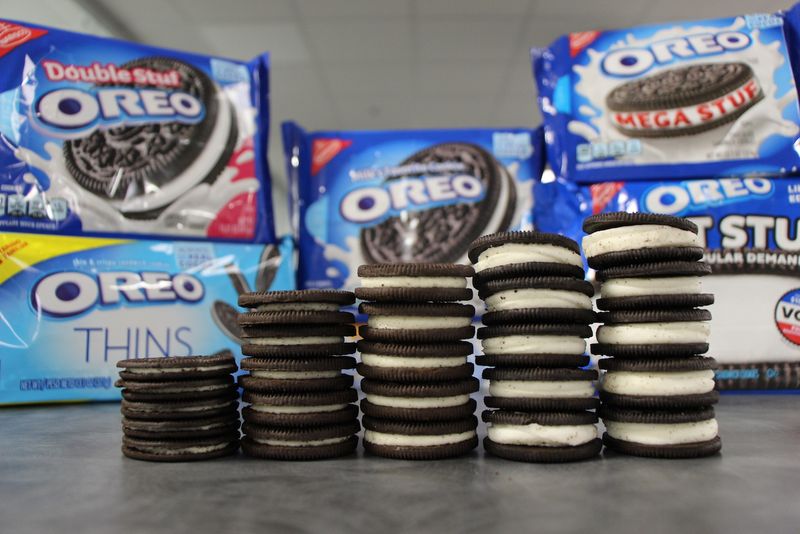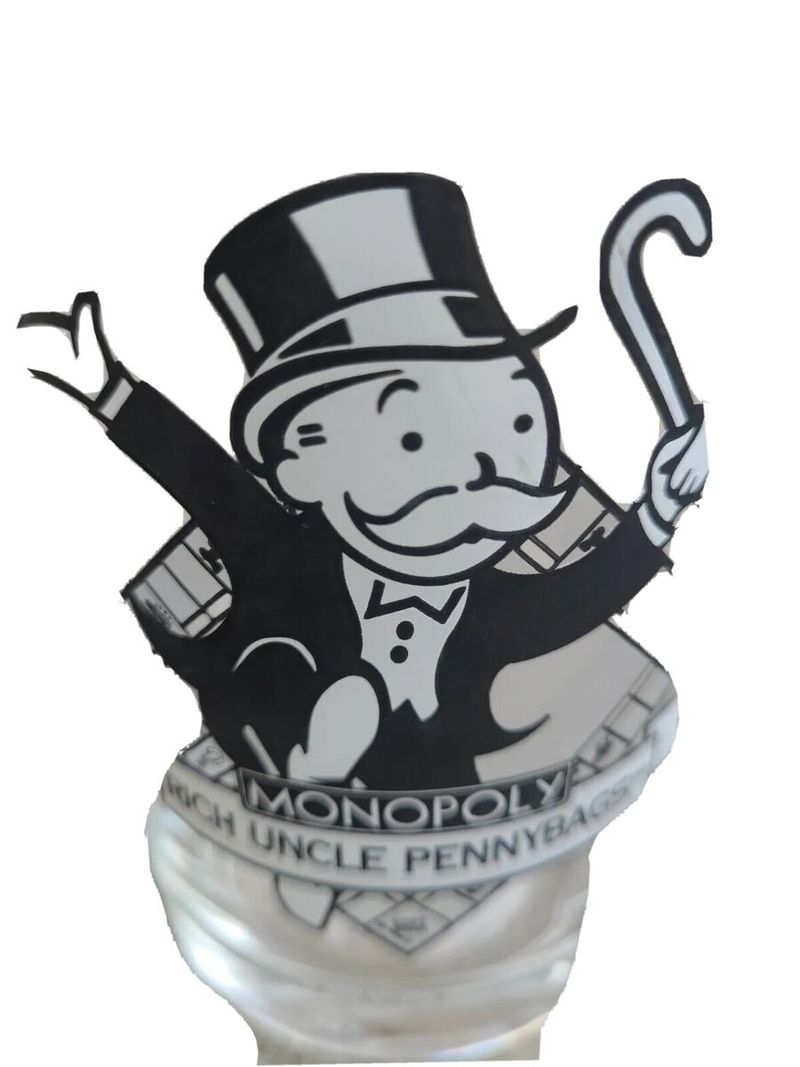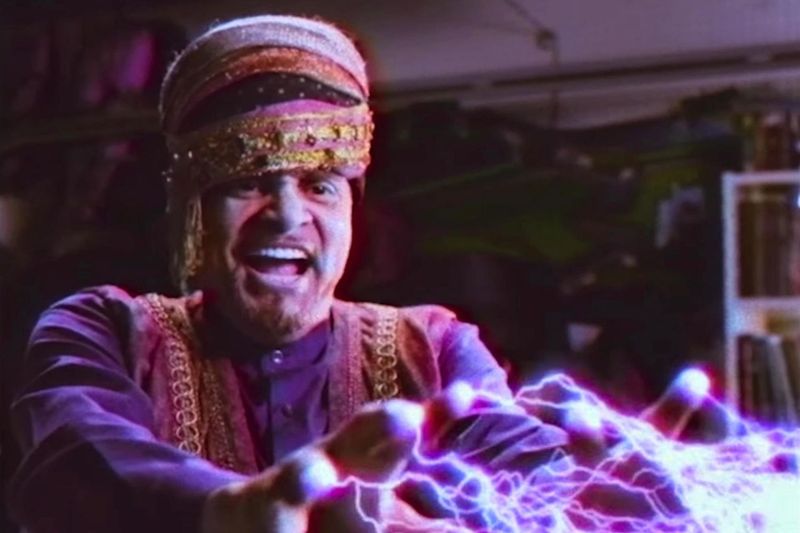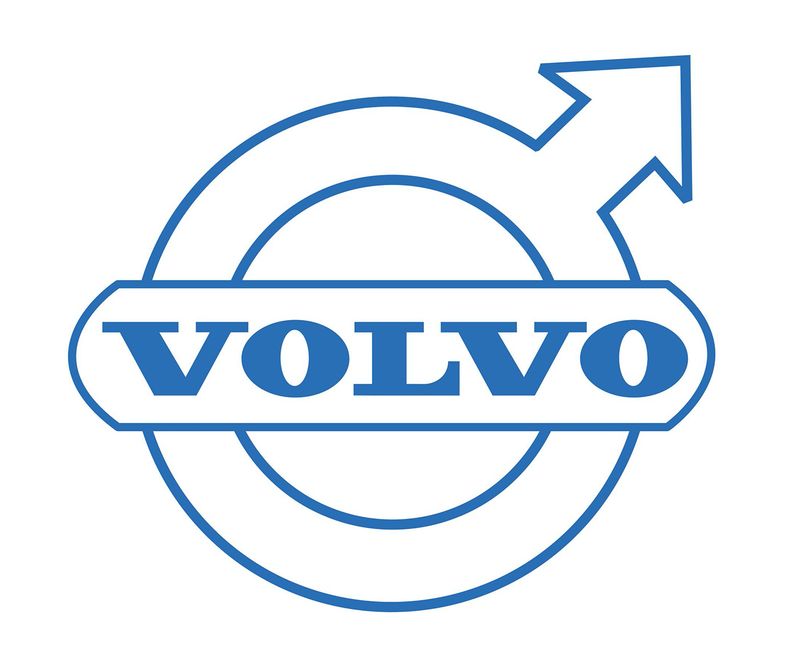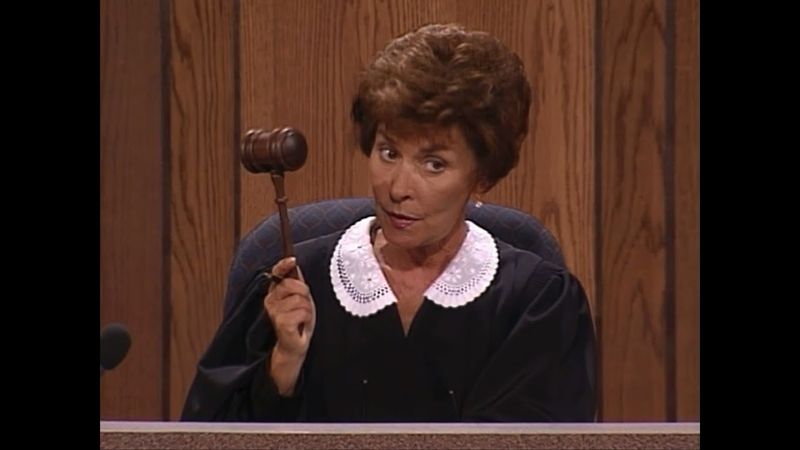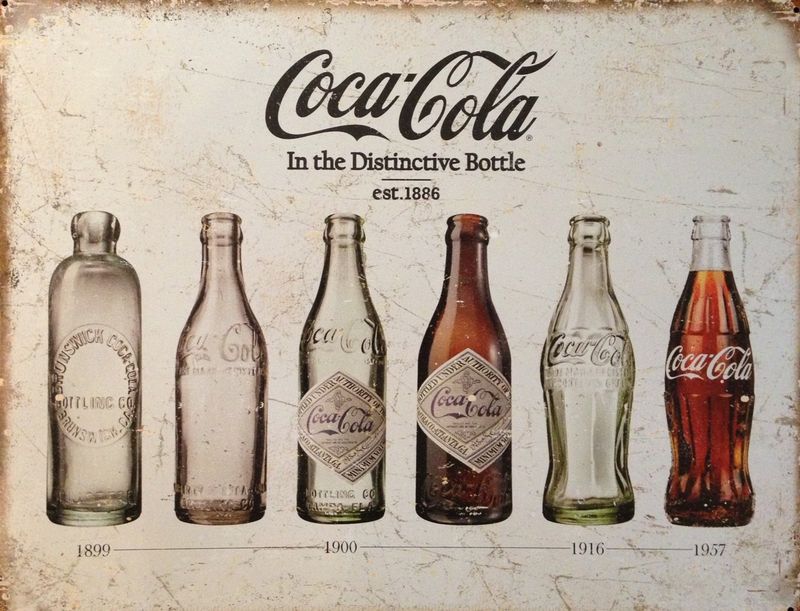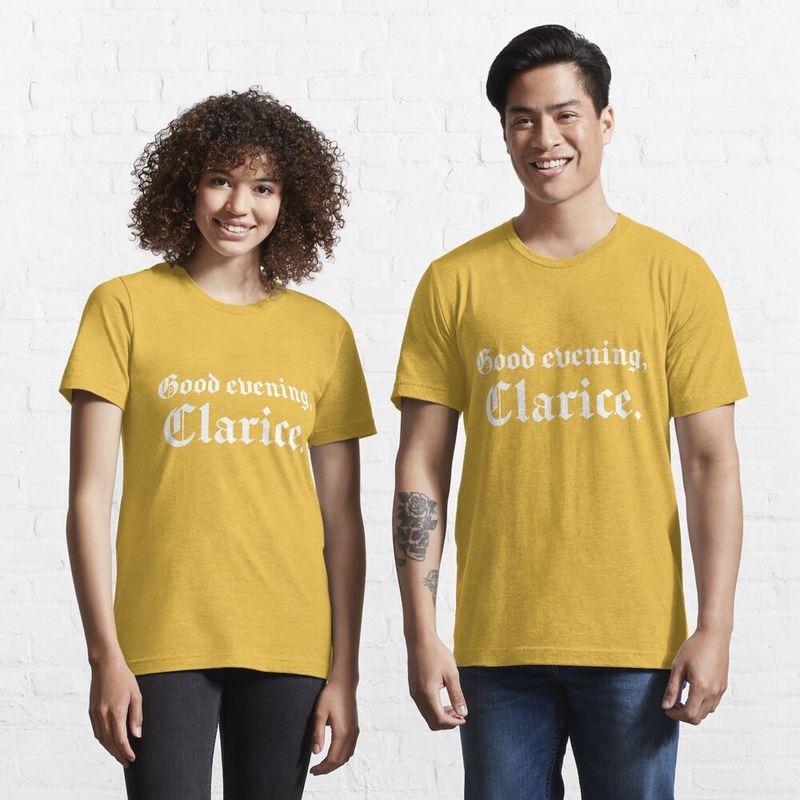Have you ever been certain about a memory, only to find out it wasn’t quite accurate? You’re not alone. The Mandela Effect, named after people who falsely remember Nelson Mandela dying in the 1980s, highlights how groups misremember facts or events.
These misconceptions can be amusing, puzzling, or even unsettling. In this post, we’ll explore 30 instances where memory might have played tricks on us.
From beloved children’s books to iconic movie quotes, let’s explore how our minds can craft memories that feel real but are, in fact, not quite right.
1. The Berenstain Bears vs. The Berenstein Bears
Many recall the beloved children’s book series as ‘The Berenstein Bears,’ but it’s actually ‘The Berenstain Bears,’ with an ‘a.’ This simple spelling difference has sparked countless debates and theories.
Did we all just remember it wrong, or did it change somehow? It’s a mystery that continues to perplex fans of the series. Perhaps it’s the way our brains perceive and recall patterns that leads to such widespread confusion.
The important thing is, whether Berenstein or Berenstain, they’re still the same lovable bear family we grew up with.
2. “Luke, I am your father” vs. “No, I am your father”
In one of the most iconic scenes in cinema history, many recall Darth Vader telling Luke Skywalker, “Luke, I am your father.” However, the actual line is, “No, I am your father.”
This subtle difference has been misquoted by fans and media alike, embedding itself into popular culture in its incorrect form. It’s fascinating how a minor change can alter the perception of a scene so dramatically.
Whether you quote it correctly or not, this moment remains a pivotal point in the Star Wars saga, highlighting the complex relationship between father and son.
3. Monopoly Man’s Missing Monocle
Many people vividly remember the Monopoly Man, or Rich Uncle Pennybags, sporting a monocle. However, if you take a closer look at the game, you’ll see that he never wore one.
This false memory might stem from conflating him with other monocle-wearing characters, like Mr. Peanut. It’s a small detail, but one that has left many doubting their recollections.
Despite this widespread misconception, the Monopoly Man remains an iconic figure, effortlessly recognized by his top hat and mustache. Next time you play, take a closer look — you might be surprised by what you find.
4. Pikachu’s Tail
For countless Pokémon fans, Pikachu is remembered as having a black tip at the end of its tail. This detail, however, is incorrect. Pikachu’s tail is actually solid yellow, a fact that surprises many dedicated followers of the series.
The origin of this false memory is unclear, but it’s possible that fans confuse Pikachu with its pre-evolution, Pichu, which does have a black marking on its ears.
Regardless of how this memory came to be, Pikachu remains an endearing and instantly recognizable figure in the Pokémon universe, captivating audiences with its charm and electric personality.
5. “Mirror, Mirror on the Wall” vs. “Magic Mirror on the Wall”
In Disney’s Snow White, many recall the Evil Queen’s famous phrase as “Mirror, Mirror on the Wall.” However, she actually says, “Magic Mirror on the Wall.” This misquote has been perpetuated by popular culture, influencing how we remember the scene.
It’s intriguing how slight changes in wording can create such a long-lasting impact. Perhaps it’s the alliteration of ‘Mirror, Mirror’ that makes it more memorable. Despite this discrepancy, the scene remains a classic, showcasing the Queen’s vanity and desire for validation.
Next time you watch, listen closely to hear the true words spoken by the Queen.
6. The Location of New Zealand
Many people recall New Zealand as being located northeast of Australia, but geographically, it is actually southeast. This common geographical error has led to confusion, especially among travelers and geography enthusiasts.
The cause of this misconception is uncertain, but it could be due to the way maps are displayed or taught in different parts of the world. Despite this misunderstanding, New Zealand remains a beautiful and unique destination, known for its stunning landscapes and vibrant culture.
When planning a visit, remember to check a reliable map to ensure you’re headed in the right direction.
7. The Number of U.S. States
The United States has always been composed of 50 states, yet some people mistakenly recall there being 51 or even 52. This erroneous memory could originate from the inclusion of territories like Puerto Rico or Washington D.C., which are not states.
It’s an interesting example of how our minds can blend facts and assumptions, leading to widespread misconceptions. Despite the confusion, the official number of states remains unchanged.
For those learning U.S. geography, it’s helpful to focus on the 50 states and their capitals to avoid similar errors in the future.
8. The “Oscar Meyer” vs. “Oscar Mayer” Debate
The famous brand behind those beloved hot dogs and lunch meats is often misremembered as “Oscar Meyer.” However, the correct spelling is “Oscar Mayer.” This simple vowel swap has led to debates among consumers who are certain of one spelling or the other.
It’s a great example of how easily our minds can alter details, even in familiar brand names. Whether you’re a fan of their products or not, it’s interesting to see how these minor variations can become ingrained in public memory, leading to persistent misconceptions that linger over time.
9. “We Are the Champions” Ending
Many fans of the band Queen recall the song “We Are the Champions” ending with the phrase “of the world,” but this line doesn’t appear in the studio version. It’s a classic case of the Mandela Effect, where collective memory doesn’t align with reality.
Perhaps it’s the live performances where this phrase was often included that have shaped our recollections. Regardless of the lyrics, the song remains a powerful anthem, resonating with audiences worldwide.
Next time you listen, pay attention to how it concludes, and see if your memory matches the actual ending.
10. C-3PO’s Leg
Star Wars fans may be surprised to learn that C-3PO had a silver leg in the original trilogy, specifically in “A New Hope.” Many remember him as being entirely gold, leading to widespread confusion.
This detail often goes unnoticed, as the shiny metallic finish can blend together on screen. It’s a testament to how our perception can miss subtle differences, even in iconic characters.
Despite this overlooked feature, C-3PO continues to be a beloved part of the Star Wars universe, representing the blend of humor and heart that has endeared him to fans for decades.
11. Fruit of the Loom Logo
The Fruit of the Loom logo is often remembered as featuring a cornucopia, but in reality, it never did. The logo consists of a collection of fruits, yet the addition of a cornucopia seems to be a common memory error.
This misconception might be due to the associative nature of the imagery, as cornucopias are often paired with fruit in art and symbolism. It’s fascinating how our minds can create such vivid yet false recollections.
Regardless of the logo’s true design, Fruit of the Loom remains a well-known brand in clothing, recognized for its quality and comfort.
12. Febreze vs. Febreeze
The popular air freshener brand is often misspelled as “Febreeze,” when the correct spelling is “Febreze.” This common mistake may arise from the way we naturally pronounce the word, leading us to add an extra ‘e.’
It’s a small detail but one that highlights how easily our brains can alter familiar names. Whether you’re a regular user of their products or not, it’s interesting to see how these minor changes can persist in public consciousness, despite repeated exposure to the correct spelling in advertisements and on product packaging.
13. Jif vs. Jiffy Peanut Butter
Jif peanut butter is frequently misremembered as “Jiffy,” even though the latter never existed. This mix-up might stem from conflating Jif with Skippy, another popular peanut butter brand, or from the catchy nature of the name.
It’s a prime example of how our minds can create associations that aren’t entirely accurate. Despite this widespread misconception, Jif continues to be a favorite among peanut butter enthusiasts, known for its creamy texture and rich flavor.
Next time you’re in the aisle, take a moment to appreciate the simplicity and clarity of the Jif brand name.
14. Looney Tunes vs. Looney Toons
The animated series beloved by generations is correctly titled “Looney Tunes,” not “Looney Toons.” This common spelling error might arise from the assumption that cartoons would use the word ‘Toons.’
However, the name “Tunes” relates to the musical aspect of the original cartoons. It’s a fun example of how language and assumptions can lead to widespread misconceptions.
Despite the alternate spelling, Looney Tunes endures as a classic in animation, delighting audiences with its humor and memorable characters. When reminiscing about your favorite episodes, remember the musical roots that inspired its name.
15. “Houston, we have a problem” vs. “Houston, we’ve had a problem”
The famous line from the Apollo 13 mission is often quoted as “Houston, we have a problem,” but the actual transmission was, “Houston, we’ve had a problem.” This subtle difference has been immortalized in movies and media, altering our collective memory.
It’s a fascinating case of how popular culture can reshape historical facts into more dramatic narratives. Whether you’re a space enthusiast or just enjoy a good story, it’s worth noting how these small changes can impact our understanding of events, creating legends that are remembered more than the reality.
16. KitKat vs. Kit-Kat
The popular chocolate bar is correctly branded as “KitKat,” without a dash between ‘Kit’ and ‘Kat.’ Despite this, many people recall seeing a hyphen, leading to widespread confusion.
This minor discrepancy might be due to how our minds process and remember visual patterns. It’s an interesting example of how branding can be subtly altered in our memories, even when the actual design remains consistent.
Whether you’re enjoying a break with a KitKat or just pondering the quirks of memory, it’s a reminder of how easily our perceptions can be influenced by expectations and assumptions.
17. Skechers vs. Sketchers
The footwear brand Skechers is often misspelled as “Sketchers,” with an extra ‘t,’ even though the correct spelling omits it. This common error might arise from the association with the word “sketch,” leading people to add the additional letter.
It’s a small but telling example of how easily our brains can alter names based on familiar words. Despite this frequent misspelling, Skechers continues to be a popular choice for comfort and style, recognized for its innovation in footwear.
Whether you’re a fan of the brand or just interested in language, it’s a fun quirk to remember.
18. “Life is like a box of chocolates” vs. “Life was like a box of chocolates”
In the film Forrest Gump, the famous line is often quoted as “Life is like a box of chocolates,” but the character actually says, “Life was like a box of chocolates.” This subtle distinction has been ingrained in popular culture, altering the original phrasing.
It’s an intriguing example of how slight changes in language can create lasting impressions. Whether you’re a fan of the film or just enjoy pondering the intricacies of memory, this line serves as a reminder of how easily quotes can be adapted and remembered differently by audiences over time.
19. “If you build it, they will come” vs. “If you build it, he will come”
The iconic line from Field of Dreams is often quoted as “If you build it, they will come,” but the voice actually says, “If you build it, he will come.” This minor change significantly alters the meaning, yet the misquote has become entrenched in popular culture.
It’s a fascinating example of how our memories can adapt phrases to fit broader narratives. Whether you’re a baseball fan or just appreciate a good story, this line highlights the power of language and memory to shape our understanding of films, creating myths that resonate beyond the screen.
20. The Flinstones vs. The Flintstones
The beloved animated family from the Stone Age is correctly named “The Flintstones,” not “The Flinstones.” This common spelling mistake might stem from the way we perceive and pronounce the name, leading to the omission of the ‘t.’
It’s a fun example of how language and memory interact, creating errors that become widely accepted. Despite the discrepancy, The Flintstones remain an iconic part of television history, entertaining audiences with their prehistoric adventures and humor.
When reminiscing about your favorite episodes, remember the correct spelling and the unique charm that made the show a classic.
21. Captain Crunch vs. Cap’n Crunch
The well-loved cereal is correctly branded as “Cap’n Crunch,” not “Captain Crunch.” Yet, many recall the longer title, perhaps due to the assumption that a captain should be spelled out fully. It’s a humorous reminder of how our minds can fill in gaps or adjust details to fit expectations.
Regardless of the name, Cap’n Crunch continues to be a breakfast staple, known for its sweet, crunchy taste. Whether you’re enjoying a bowl or just pondering the quirks of branding, it’s a fun example of how language and perception can shape our memories in unexpected ways.
22. Mona Lisa’s Smile
Some people remember the Mona Lisa as more expressionless than she appears. In reality, her subtle smile has always been present, though interpretations of her expression may vary.
This discrepancy might arise from the enigmatic nature of her smile, which has intrigued art lovers for centuries. It’s a testament to how art can evoke different perceptions, leading to varied memories of the same piece.
Whether you’re an art enthusiast or just curious about historical mysteries, the Mona Lisa’s smile remains a captivating subject, reflecting the complexities of human emotion and the power of artistic expression.
23. Cheez-It vs. Cheez-Its
The snack brand is correctly known as “Cheez-It,” not “Cheez-Its,” though many people add an extra ‘s.’ This minor error might stem from the pluralization of the crackers themselves, leading to a misremembered brand name.
It’s an amusing example of how language and context can influence our perceptions, even in something as simple as a snack. Despite the confusion, Cheez-It remains a popular choice for those seeking a cheesy, crunchy treat.
Whether you’re snacking or just contemplating the quirks of branding, it’s a fun reminder of how easily little details can be altered in our memories.
24. Double Stuf Oreo vs. Double Stuffed Oreo
The famous cookie is correctly branded as “Double Stuf Oreo,” not “Double Stuffed Oreo.” The omission of the second ‘f’ often leads to confusion among consumers who expect a more conventional spelling.
It’s a playful reminder of how brands can create unique identities through creative naming. Despite the unconventional spelling, Double Stuf Oreos continue to be a favorite treat, known for their rich filling and satisfying taste.
Whether you’re enjoying the cookies or pondering the intricacies of language, it’s an entertaining example of how branding choices can influence our perceptions and memories.
25. Rich Uncle Pennybags’ Eyeglass
The Monopoly character, Rich Uncle Pennybags, is often remembered as wearing a monocle, but he never actually did. This common misconception might arise from confusing him with similar characters, like Mr. Peanut, who do wear monocles.
It’s a small detail, yet one that has led many to question their memories. Despite this widespread error, the Monopoly Man remains an iconic figure, easily recognized by his top hat and mustache.
Whether you’re playing a game or just reflecting on the quirks of memory, it’s a fascinating example of how easily our perceptions can be shaped by associations.
26. Shazaam vs. Kazaam
Many people swear they remember a ’90s movie called “Shazaam,” starring Sinbad as a genie. However, no such film exists. This false memory may have become entangled with “Kazaam,” a real movie featuring Shaquille O’Neal as a genie.
It’s an intriguing case of how our minds can create vivid memories of events that never occurred. Whether you’re a ’90s nostalgia enthusiast or just curious about the quirks of memory, this example highlights the power of imagination and the fascinating ways our brains can blend reality with fiction, crafting tales that feel true.
27. Volvo’s Logo
Some people recall the Volvo logo as a simple circle with an arrow, but it has always included a diagonal line. This minor detail often goes unnoticed, leading to misremembered designs.
It’s an interesting example of how our brains can overlook small elements in familiar logos, altering our perceptions. Despite the confusion, Volvo remains a respected name in the automotive industry, known for its focus on safety and innovation.
Whether you’re a car enthusiast or just curious about design, it’s a fascinating reminder of how easily our memories can be influenced by expectations and assumptions.
28. Judge Judy’s Gavel
Despite common belief, Judge Judy has never used a gavel on her show. This misconception might arise from the association of judges with gavels in traditional courtrooms, leading viewers to assume its presence.
It’s a humorous reminder of how stereotypes and expectations can shape our memories, even when they don’t align with reality. Despite this, Judge Judy remains a formidable and entertaining figure in television, known for her no-nonsense approach to justice.
Whether you’re a fan of the show or just intrigued by the quirks of memory, it’s a fun example of how easily perceptions can be influenced.
29. Coca-Cola Dash Placement
The dash in the Coca-Cola logo is often remembered as a straight line, but it has always been a curved wave. This subtle detail can be easily overlooked, leading to widespread misconceptions.
It’s a fascinating example of how our brains can simplify complex designs, altering our memories of iconic logos. Despite this, Coca-Cola remains one of the most recognizable brands in the world, with its classic design enduring through generations.
Whether you’re enjoying a refreshing drink or just pondering the quirks of memory, it’s a reminder of how easily our perceptions can be influenced by simplicity.
30. “Hello, Clarice” vs. “Good evening, Clarice”
In The Silence of the Lambs, many recall Hannibal Lecter saying, “Hello, Clarice.” However, the actual line is, “Good evening, Clarice.” This subtle change has been perpetuated by popular culture, altering our collective memory.
It’s a classic example of how film quotes can be adapted and remembered in different forms. Whether you’re a fan of the thriller or just interested in the intricacies of language, this example highlights the power of media to shape our perceptions, creating enduring myths that transcend the original material.
